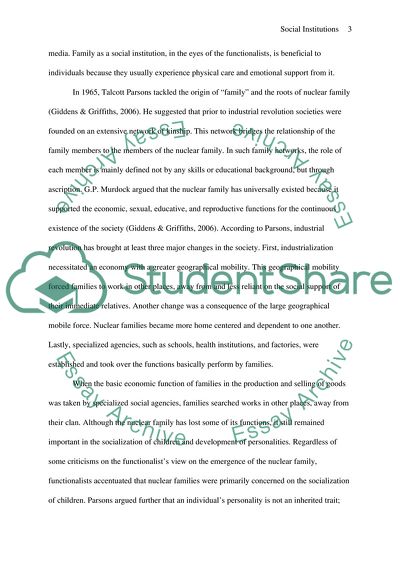Cite this document
(The Family as a Social Institution Case Study Example | Topics and Well Written Essays - 2250 words, n.d.)
The Family as a Social Institution Case Study Example | Topics and Well Written Essays - 2250 words. Retrieved from https://studentshare.org/social-science/1566498-social-institution
The Family as a Social Institution Case Study Example | Topics and Well Written Essays - 2250 words. Retrieved from https://studentshare.org/social-science/1566498-social-institution
(The Family As a Social Institution Case Study Example | Topics and Well Written Essays - 2250 Words)
The Family As a Social Institution Case Study Example | Topics and Well Written Essays - 2250 Words. https://studentshare.org/social-science/1566498-social-institution.
The Family As a Social Institution Case Study Example | Topics and Well Written Essays - 2250 Words. https://studentshare.org/social-science/1566498-social-institution.
“The Family As a Social Institution Case Study Example | Topics and Well Written Essays - 2250 Words”. https://studentshare.org/social-science/1566498-social-institution.


